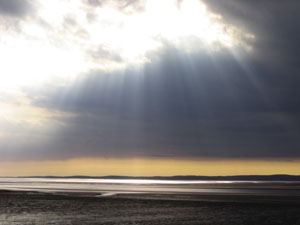Capitoline Hill
Nicholas Michell
The Capitol, where Jove's grand temple shone
In massive strength, as ne'er to be o'erthrown,
Slowly we climb; weeds, brambles, clothe the wall
Down which brave Manlius hurled the fiery Gaul;
Column, and roof of gold, and marble bust,
Have left no trace, commingled with the dust;
But there, for clashing shield and trumpet's sound,
The whirring bat doth trace its airy round,
And aged monks, at morn and twilight dim,
Glide in black stoles, and chant their feeble hymn.*
Here the proud conqueror came, his warfare done,
To thank Rome's guardian gods for victory won;
Here Scipio trod, when set bright Carthage' star,
And laurell'd Pompey drove his ivory car:
To Jove's famed shrine great Tully raised his eye,
And Manlius stretch'd his arms when doomed to die.*
But darker scenes this glorious mount hath shown;
From yon high rock were hapless felons thrown;*
While in the towers which Servius reared below,
Fell many a tear, rose many a plaint of woe;
E'en now those mouldering dungeons* meet the gaze,
But closed the eyes that wept in other days;
Culprit and judge Oblivion's pall sinks o'er,
And the crushed hearts that bleed, can break no more.*
Author's Notes:Feeble hymn: The great temple of Jupiter Capitolinus, raised on a hundred steps, supported by innumerable pillars, and containing the " wealth and plunder of the universe," has not left a single relic of its former grandeur. Its site is occupied by the church and convent of Ara Caili.
Manlius stretched his arms: Cicero, more particularly in his orations against Cataline, was accustomed to raise his hands and eyes to the Capitol to increase the effect of his declamation; and the Romans, when they found Manlius deserving of death, were unable to pass sentence on him, while he continued to point at the Capitol which his valour had once saved.
Hapless felons thrown: The famous Tarpeian rock is on the south side of the Capitol, but its elevation now, owing to the accumulation of fallen buildings, does not exceed sixty feet.
Mouldering dungeons: The Mamertine and Tullian prisons, built or enlarged by Servius Tullius, 500 years before Christ, stood near the base of the hill, and some of the walls and vaults remain at this day.
